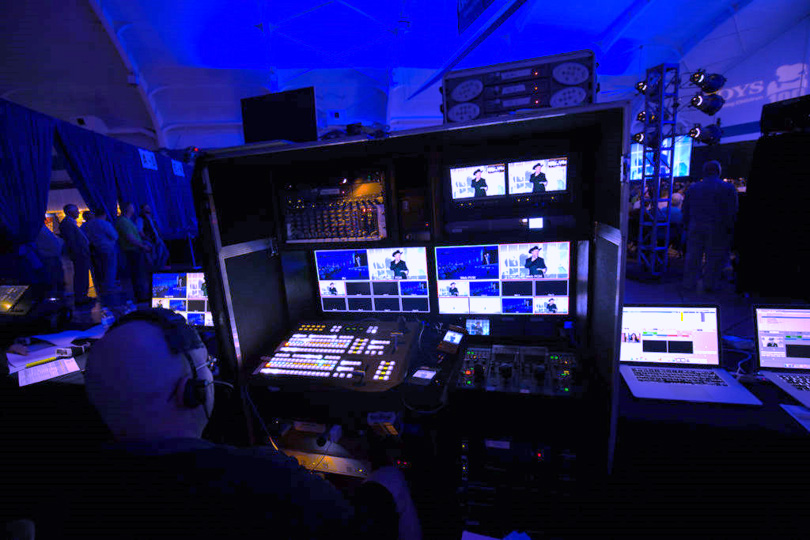Highlighting the Impact of Illumination Techniques on the Craft of Film Projection Mapping Techniques
Motion projection projection is an innovative art form that merges technology and innovation to convert ordinary spaces into extraordinary sight displays. This method involves projecting graphics and footage onto three-dimensional objects, such as structures, sculptures, or platforms. One of the most crucial factors in producing successful mapping is the use of efficient illumination techniques. Proper illumination enhances the aesthetic elements of the display and ensures that the visuals are clear and captivating. This article examines the influence of illumination methods on video mapping and how they can elevate the overall encounter.Illumination plays a vital part in video projection because it establishes the atmosphere and feel of the exhibit. Different lighting techniques can evoke various feelings and responses from the audience. For instance, using soft, cozy illumination can create a inviting environment, while bright, cold lights may produce a more dynamic or intense effect. By carefully selecting illumination hues and intensities, creators can influence how viewers perceive the projected images, leading to a more immersive experience. The balance between mapping brightness and ambient light is essential, as it can greatly impact the visibility and impact of the images.
In addition to, hue and brightness, check this the angle of illumination also influences the effectiveness of projection. Lighting from different angles can create shadows and accents that introduce depth to the projected visuals. This method, known as chiaroscuro, can improve the 3D quality of the subjects being projected. Additionally, using dynamic illumination can add energy to the display, making the experience more engaging for the audience. When the light interacts with the projected visuals, it can create an illusion of movement and transformation, capturing the viewers' focus.
Another important element of illumination in mapping in the use of unique effects. Techniques such as gobo lighting, which uses patterns and shapes to filter light, can introduce texture and complexity to the mapping. This approach enables artists to layer visuals and produce aesthetically captivating results that complement the mapping. Additionally, incorporating lasers or LED lights can further enhance the exhibit, providing a distinct mix of visual components that attract the viewers in. These unique effects, when used thoughtfully, can elevate the projection beyond a basic display to an immersive work of art.
In summary, the influence of illumination methods on motion mapping is profound. By understanding how different lighting check elements interact with projected visuals, creators can produce enthralling encounters that resonate with viewers. The careful selection of hue, brightness, angle, and unique features enables for a rich tapestry of visual narrative. As technology continues to grow, the possibilities for creative showcasing in mapping will only expand, making illumination an increasingly vital component in this innovative art medium.
